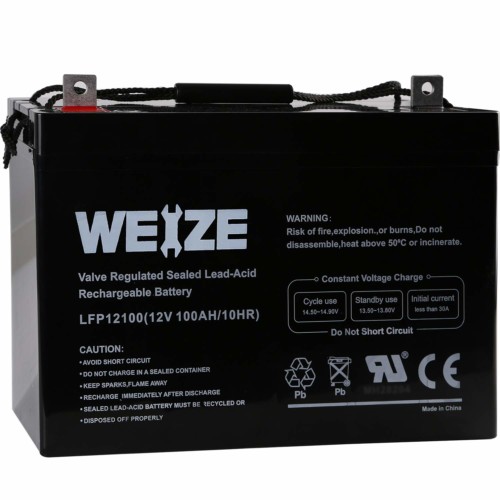

This is a very common question, and a very good question to be asking. But, it’s recommended to always use a charger designed for your chemistry. TLDR Short answer is no, you do not need a special charger with LiFePO4 batteries.

Conducting a simple LiFePO4 Capacity Test with a $20-40 device would show you if your battery is meeting its rated capacity. So, what is acceptable? You’re paying for watts when purchasing a battery, so as long as you are getting the rated capacity, you should consider that acceptable. the top balance will get slightly better over time but probably never be perfect. Will the top-balance get better over time? Yes.

Towards the bottom of the charge profile, one cell will again “race” through the voltage range as it loses its last 1-2% of capacity. 005V of each other and stay there until you get close to 3.0V (empty). You’ll notice as soon as the batteries begin to discharge the cells will typically come back to within. So, are the LiFePO4 cells matched? Yes, the cells are matched for internal resistance. Imagine watching that last portion, beyond the “knee” as it was charging, it would appear to be “racing” on a meter or in the app. This can also be seen on a graphical representation of the LiFePO4 charge profile, which is generally referred to as a “flat” charge profile. And that last 1 percent of capacity exists from around 3.4 to 4.2V, as that last bit is pushed in, it appears to be “racing”. So then, why does one cell “race” in the App? Because, at some point over 3.4V, at least one of the cells is going to be at 99%. The technical max is 4.2V, beyond that excessive heating and damage will occur. This number comes from the max that 4 cells could potentially reach if they all went to the accepted absolute max voltage of a LiFePO4 cell of 3.65V. 14.2 to 14.6V is what most charger manufacturers will set their chargers to. There is a misconception that 14.2V must be reached to be considered full. In fact, there is less than 1% of additional capacity to be gained between 3.5V and 4.2V per cell.

There is very little capacity above 3.4V. First, realize that 3.4V per cell is considered to be the “full” voltage of a battery cell or 13.6V for a 4 cell pack.
Simple battery monitor for trolling motor Bluetooth#
Having the advantage of peeking inside the battery with Bluetooth raises a lot of questions and this is a common concern. Seeing this can appear alarming, however, it’s perfectly normal. If you are keeping a close eye on the BMS app during the final stages of charging, you may notice that one or more cells tend to go up faster than the rest. Once the negative condition is gone, the battery will automatically begin allowing the electricity to flow. If any negative condition occurs, the BMS stops the flow of electricity temporarily. It runs 24/7 monitoring 2 temperature probes, voltage, amp draw, and looking for any possible short circuit. It controls the charge and discharge, only allowing electricity to flow if it’s safe to do so. The Battery Management System is like the crossing guard at a school. Direct placement and then heavy usage can cause the heated BMS to heat the battery cell and potentially cause damage. The BMS is then stacked on top of the cells, with an air gap between the battery and BMS which provides a thermal advantage compared to just placing the BMS directly on the battery. The cells are internally wrapped with non-conductive fiberglass boards, then carefully packaged inside the battery and foam lined to prevent any movement and protect against shock.


 0 kommentar(er)
0 kommentar(er)
